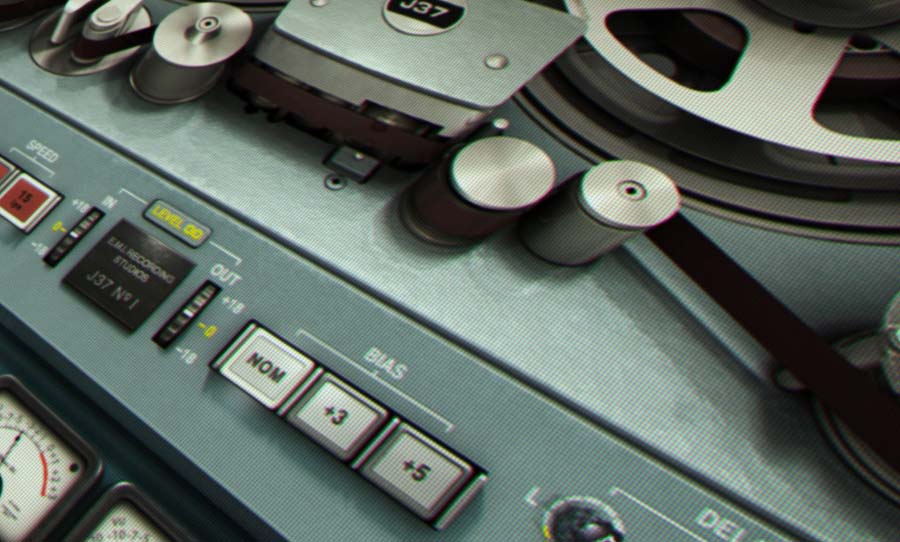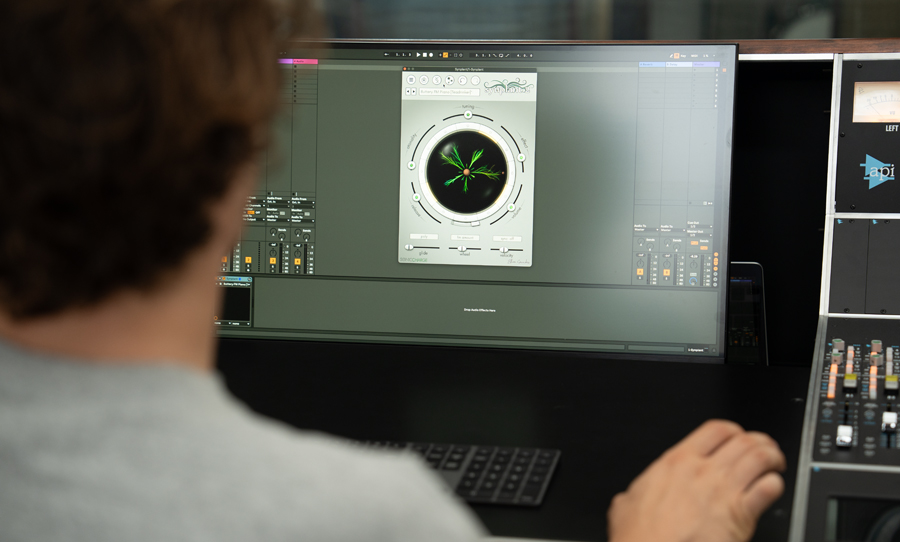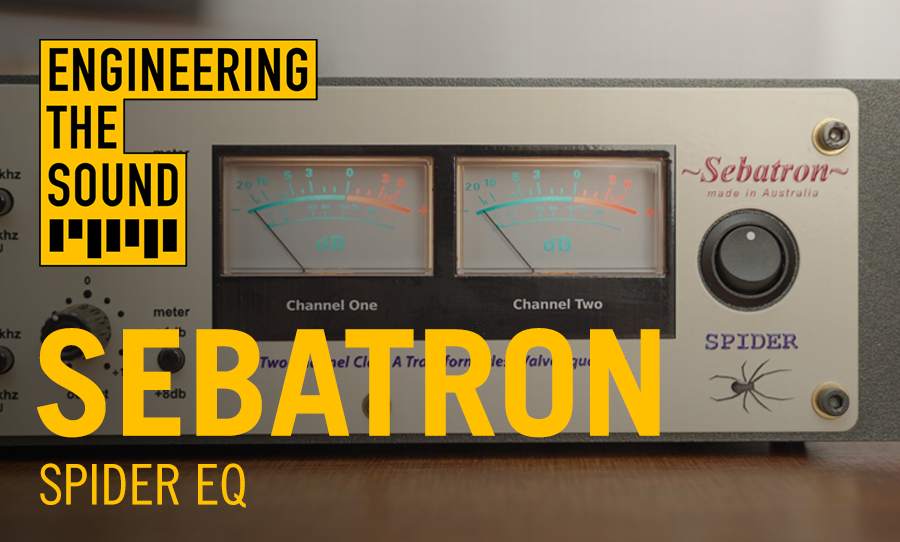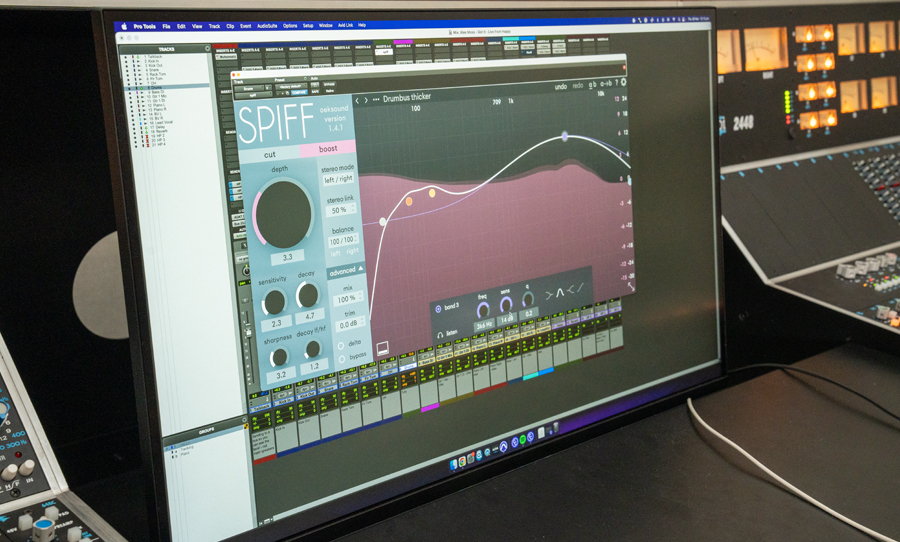When analog tape machines are compared with their emulated cousins in plugins, hearts are often set racing, and tribal battle lines are often drawn in studio land. One fact that can surely be agreed on though is analog tape machines serve a different purpose to what they used to before the development of the digital audio workstation.
Before anyone had heard of Pro Tools, tape was the bread and butter of the studio. It was necessary. How else would you go about sound recording? Nowadays, of course, the DAW has rendered analog tape inessential.
In the rapidly progressing digital age, analog tape still has its place. But whether this is a digital copy or the analog artefact is a whole different story – though just how practical is the real thing?
For a time in the 1990s, the industry standard – albeit for a short time – were digital tape formats such as ADAT, Hi8 – which were 8 track tapes – and DAT – the 2 track mixdown option. These tapes produced lossless audio at somewhat limited bit depth and sample rates compared with modern DAWs, but I doubt people will be pining for the return of digital tape format. The DAW is essentially an extension of this technology, and thus offers little in the way a noticeably different sound.
The nostalgia is brought on by the sonic characteristics of analog recording. And if the tape machine is no longer necessary to actually track, what purpose does it serve? Essentially, flavour.
The Kramer Master Tape plugin from Waves offers such flavour. The ease in which you can dial in different tape effects like echo, artifacts like noise, and even wow and flutter controls is a delight. But there are other studio folk who are in search of something more magical in the way that tape subtly transforms audio. Tape compression, for example, is unmistakable.
Setting up a tape machine can be hard work though. Chris Korff sums up the pain of the analog tape machine in the following colourful excerpt from Sound on Sound:
“…Having dusted off my Fostex Model 80 for this month’s cover feature, and used it in earnest for the first time in a number of years, I can now, emphatically and unequivocally, say this: analogue tape can fuck off. Seriously, let it go the way of mullets, storage heaters and dial-up modems. It has had its day, and trying to get any serious recording done with it nowadays is like insisting on using a steam tractor for farming because it makes your porridge taste better.”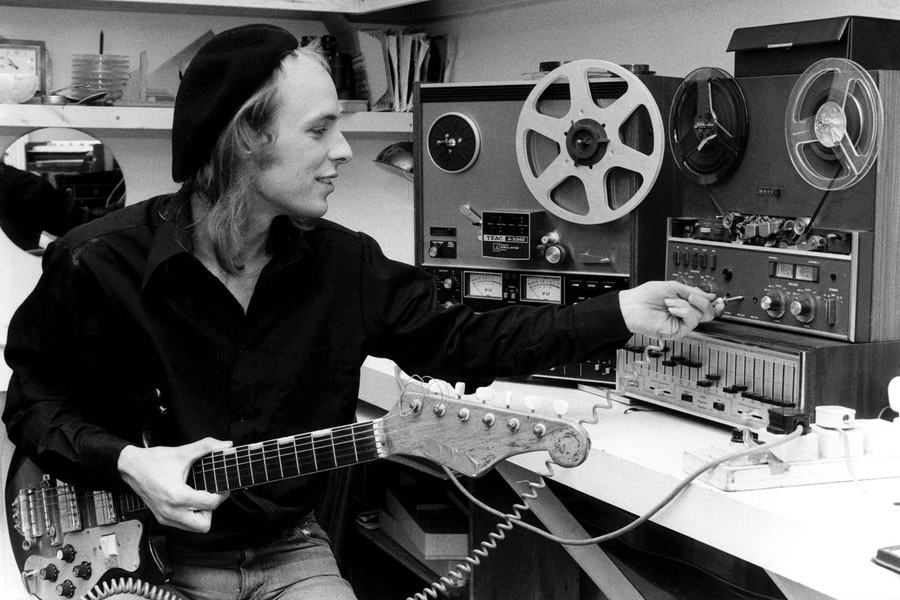
Writerly hyperbole aside, and notwithstanding a possibly faulty machine, rolling tape doesn’t make for a quick start to the session. Most importantly, one must decide the purpose for which it is being incorporated into the session.
Personally, I believe the tape machine shines as an effect maker, but the digital world will be the domain in which the majority of my tracks are recorded. In a world of tight deadlines were speed and reliability (not to mention competitive pricing) is top priority, the DAW has the answers.
But when you’re looking for that magic element in the mix, a place where you can seamlessly slot in some of that tapey goodness into the song, don’t be afraid to dust of the lab coat and experiment.
